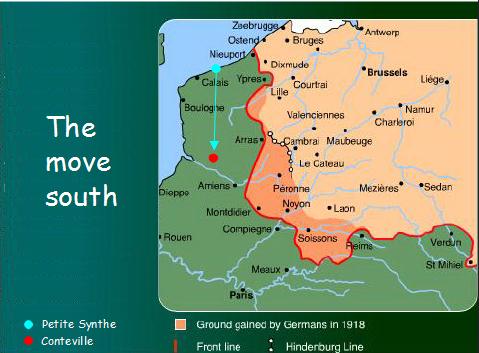Petite Synthe, France 30 Mar 1918 - 03 May 1918
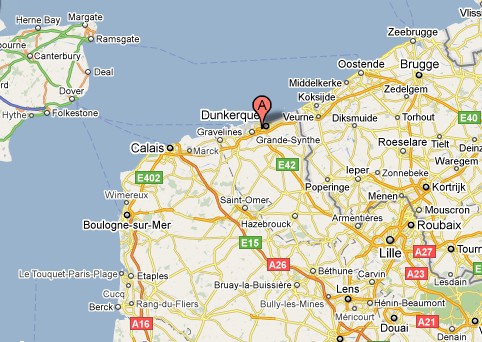
59640 Petite Synthe, Dunkirk, France
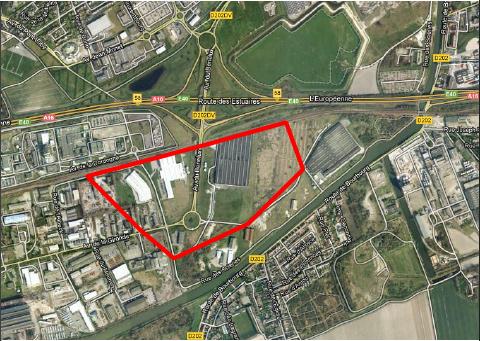
The airfield site is now largely covered by a modern industrial park
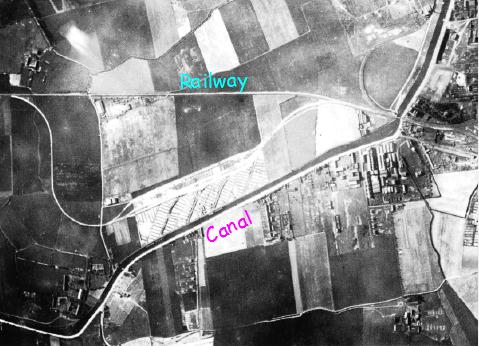
The orientation is slightly different but the course of the railway line and canal allow you to place the old airfield on a modern map.
(Picture courtesy of HISPASEC)
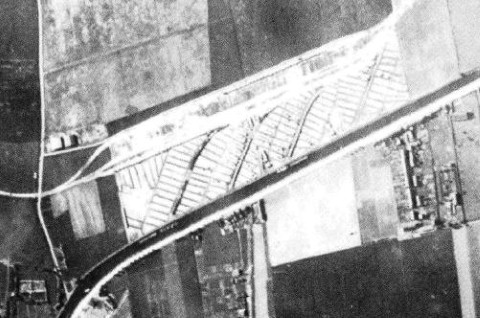
To the south of the airfield was a large storage depot fed by a side line.
Traces of the railway are still visible today (see below).
(Picture courtesy of HISPASEC)
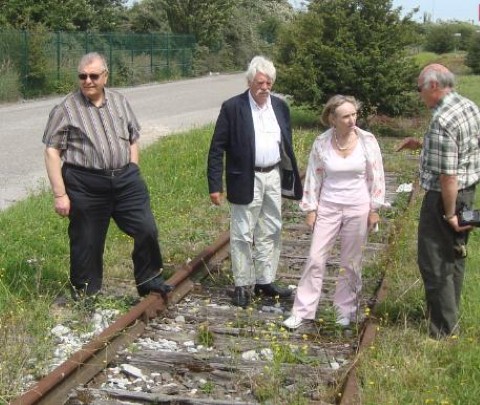
Members of HISPASEC examining the track
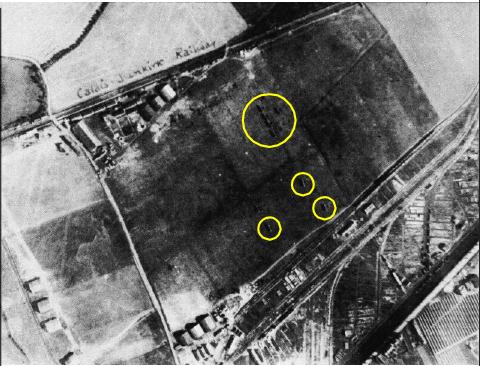
This excellent image not only shows the railway and the canal but also the Bessonneau hangers.
Several individual aircraft and a group are circled.
(Picture courtesy of HISPASEC)
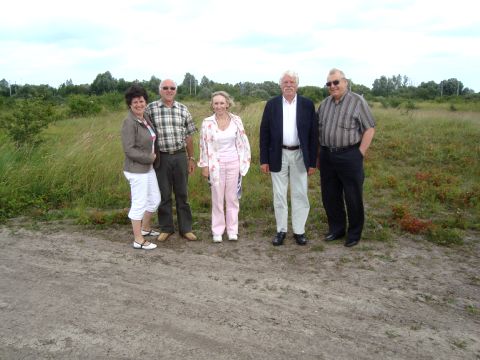
Members of HISPASEC Petite Synthe at the site of the airfield
From L to R
Sylvie & Christian Sterckeman, May Brooke, Philippe Persyn and Jean-Marie Muyls
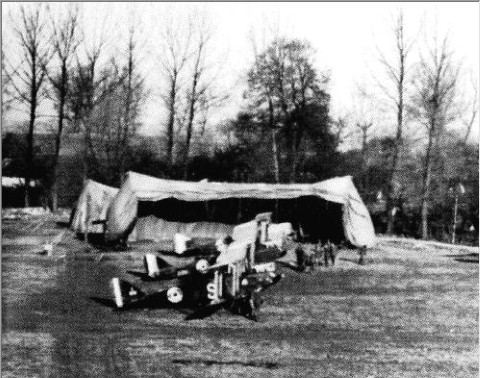
A photograph from September1918 with DH9s belonging to 211Sqn parked outside a Bessonneau hanger.
The portable nature of these timber and canvas hangers can clearly to be seen.
(Picture courtesy of HISPASEC)
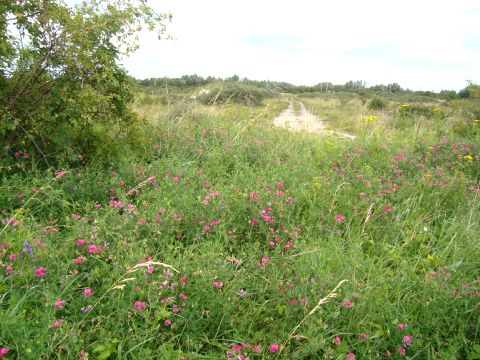
This area of the old airfield will shortly be covered by a new sports stadium
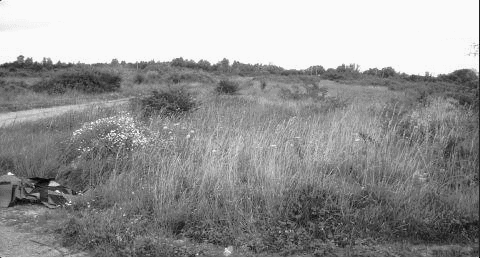
A DH9 outside a hanger at Petite Synthe and the approximate location today
(Picture courtesy of HISPASEC)
The 49sqn Association is very grateful to the members of HISPASEC Petite Synthe for their kindness and hospitality.
During our visit in August 2012 we were warmly welcomed and shown the sites of Dunkirk as well as exploring the site of Petite Synthe aerodrome
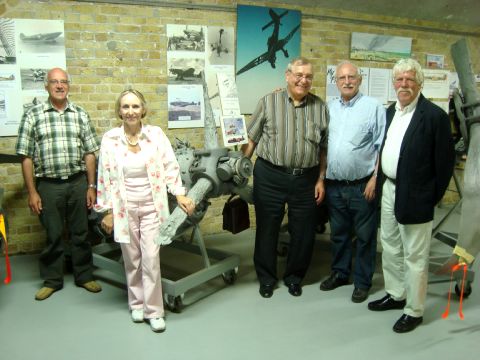
At the museum to Operation Dynamo in Dunkirk
Christian Sterckeman, May Brooke, Jean-Marie Muyls,
Pierre Metsu, Philippe Persyn
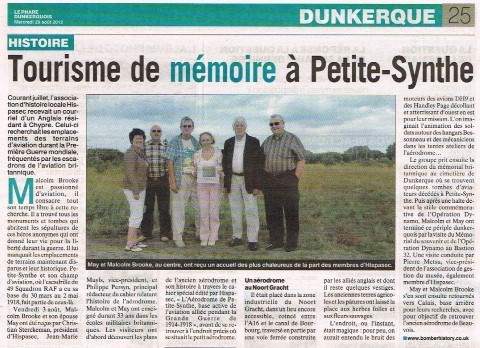
Click to view a larger image (in a new window)
49Sqn and Petite Synthe
30 Mar 1918 - 03 May 1918
Casualties: 5 x DH9, 4 x killed, 2 x injured When 49 Squadron moved up to the Dunkirk area, they re-equipped with DH9 aircraft. During their stay at Petite Synthe, raids were made on Thourout, Ostend, Zeebrugge and Brugge. The port raids were mostly intended to block the entrances to the ports and canals.
On April 1st the Royal Flying Corp became the Royal Air Force and, as this new force, they were actively involved in holding back the final German effort to capture Amiens.
On April 5th, only one day from the start of their operation, the Germans abandoned the Amiens operation.
April 21st saw the death of "The Red Baron", Manfred von Richthoven.
On May 3rd the squadron was on the move again, this time south to Conteville.
